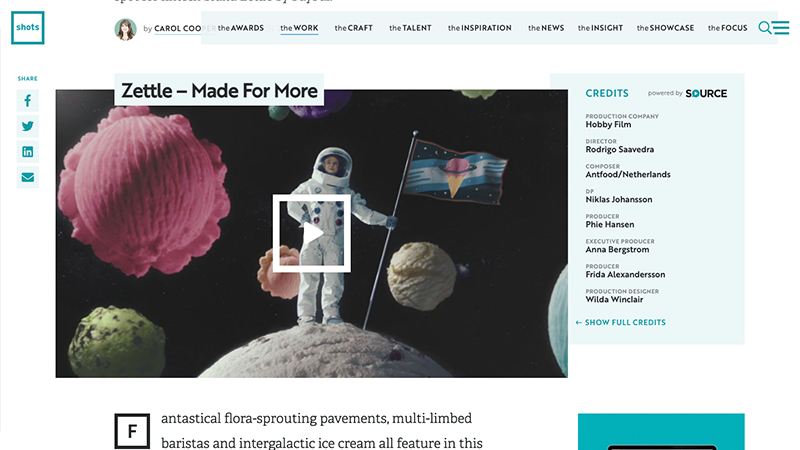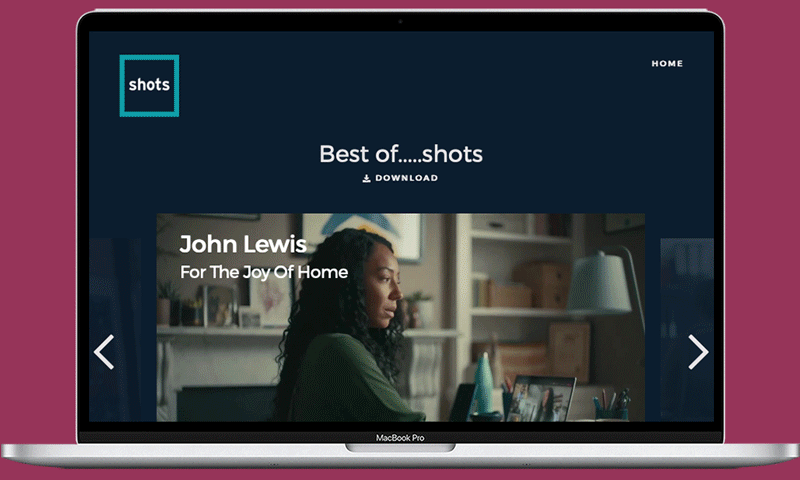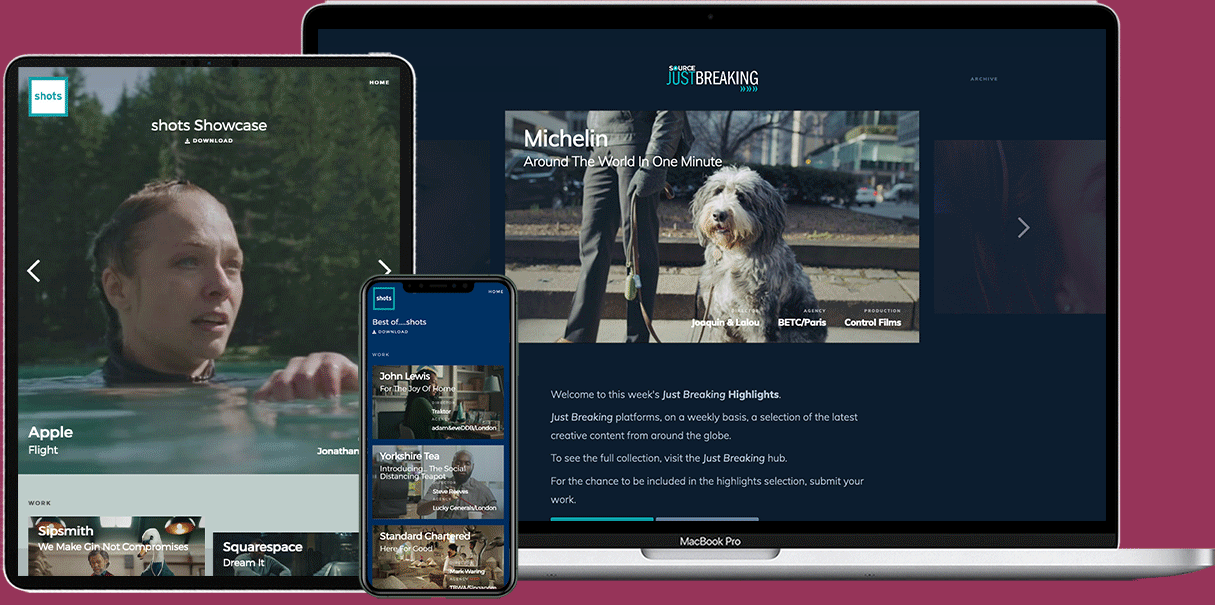The cultural compass: finding true north in a post-cookie landscape
Alex Cheeseman, Head of Enterprise Northern Europe, Outbrain, looks at how the demise of cookies is an opportunity for marketers to reboot their connections with consumers by leveraging culture.
Customer data has always been the gust filling the sails of brands, propelling marketing strategies from ancient marketplaces to the neon glow of Trafalgar Square.
Yet, as digital tides continue to ebb away from third-party cookies, we find ourselves navigating the mercurial waters of online marketing, in search of new compasses for better understanding our customers.
Lassoing customers into tidy corrals with first-party data might seem neat on paper, but it seldom captures the wild, beating heart of what truly resonates and matters to them.
As the so-called cookie apocalypse sees another horizon, the bell hasn't quite tolled for brands to chart a fresh course. Yet, the fading of cookies has begun to usher in a new era for brands and marketers to rethink how they understand consumers and to nurture more authentic connections.

Customer data has always been the gust filling the sails of brands, propelling marketing strategies from ancient marketplaces to the neon glow of Trafalgar Square.
But how?
Brands have long collected direct insights from their customers, from Tiffany & Co’s pioneering use of the ‘Blue Book’ mail-order catalogue in 1845, to modern email marketing campaigns. However, consumers embody more than just the aggregate of their digital interactions – their essence extends far beyond the simple click of a mouse.
Data isn't just who people are but what people do. Lassoing customers into tidy corrals with first-party data might seem neat on paper, but it seldom captures the wild, beating heart of what truly resonates and matters to them.
Advertising doesn’t just reflect culture; it helps to shape it, creating a symbiotic relationship with human behaviour which, in turn, influences purchasing decisions.
For brands to find meaning and value within the fabric of consumers' lives they must go beyond mere understanding - they need to immerse themselves in the cultural currents that propel their customers. It's about harmonising with the 'messy middle,' that intricate space where the brand's values meet the consumer's heartbeat.
By weaving culture into ad strategies and aligning with consumers' identities, brands can discover and unlock rich, untapped avenues for growth in a world beyond cookies. Here are three ways brands can tap into the culture club to drive attention and loyalty
Credits
powered by
-
- Production Company Academy Films
-
-
-
Unlock full credits and more with a Source + shots membership.
Credits
powered by
- Production Company Academy Films
- Post Production Framestore
- Editor Sam Sneade
- Director of Photography Ivan Bird
- Creative Tom Carty
- Creative Walter Campbell
- Creative Peter Souter
- Director Jonathan Glazer
- Producer Nick Morris

Credits
powered by
- Production Company Academy Films
- Post Production Framestore
- Editor Sam Sneade
- Director of Photography Ivan Bird
- Creative Tom Carty
- Creative Walter Campbell
- Creative Peter Souter
- Director Jonathan Glazer
- Producer Nick Morris
Levi's guy stripping down in the laundromat is more than a commercial, it's an iconic cultural landmark.
Plan for longevity and relevance
Inquiring about someone's most cherished advertisement can often reveal more than just personal taste. It can be a window into the cultural moments that have left a lasting impression. Think of the majestic power of Guinness's galloping horses or the iconic scene of the Levi's guy stripping down in the laundromat – these are not just commercials; they are cultural landmarks.
When you truly understand the niches of your market, you don’t just add value, you multiply it.
Advertising doesn’t just reflect culture; it helps to shape it, creating a symbiotic relationship with human behaviour which, in turn, influences purchasing decisions. This cultural leverage is critical in strategic planning for businesses aiming for longevity and relevance.
It’s the same cultural force that has turned Taylor Swift into a brand as much as a musician, and what has transformed Michael Jordan's Nike endorsements into cultural phenomena that did more than sell sneakers - they spurred a legacy that transcends sports.
Credits
powered by
- Agency BBH/London
-
- Director Roger Lyons
-
-
Unlock full credits and more with a Source + shots membership.
Credits
powered by
- Agency BBH/London
- Director Roger Lyons

Credits
powered by
- Agency BBH/London
- Director Roger Lyons
Levi Strauss' famous Launderette campaign left a lasting cultural impression.
The architect of some of the most famous ad campaigns of the last decade argues that culture is the most powerful vehicle for influencing behavior, and shows readers how to harness culture to inspire other people to share their vision.
AI is being vaunted as the next big thing in media and marketing, adept at mining data and identifying patterns. But it’s not a panacea for marketing woes.
Then there’s Samsung. They didn’t just research; they delved into the subculture psyche, uncovering that skateboarders weren’t just using their flip phones, they were practically co-directors in Samsung's marketing strategy, using their phones to film kickflips and ollies. What did Samsung do? They didn’t just watch; they leapt into action, translating this street-cred into a commitment to the Olympics and the grassroots of sport, showing us all that when you truly understand the niches of your market, you don’t just add value, you multiply it.
Samsung demonstrated the power of speaking to niche communities with its Drop in with Samsung campaign, which tapped into skateboarding subculture.
Don’t rely on AI to solve your problems
AI is being vaunted as the next big thing in media and marketing, adept at mining data and identifying patterns. But it’s not a panacea for marketing woes. And when it comes to unleashing creativity that truly stands out, AI still lags behind the human touch. Its capabilities are growing exponentially, sure, but it's far from upending the creative process or grasping the intricacies of consumer behaviour in all its erratic glory.
The astute marketer must learn to chart their course by the stars of cultural insight.
Today, the market is more crowded than ever, consumer behaviour more labyrinthine and layered. While machine learning and AI offer predictive and analytical prowess, they fall short without the infusion of human understanding - insights distilled from real-world cultural experiences. It's this human element that can transform data into strategies that resonate on a human level.
As we continue to delay the inevitable cookie apocalypse, the astute marketer must learn to chart their course by the stars of cultural insight. Embracing this cultural alignment heralds more than just a change in trajectory – it signals a deeper, more authentic communion with the market, one that's poised to endure far beyond the transient tactics of the past.





 + membership
+ membership







